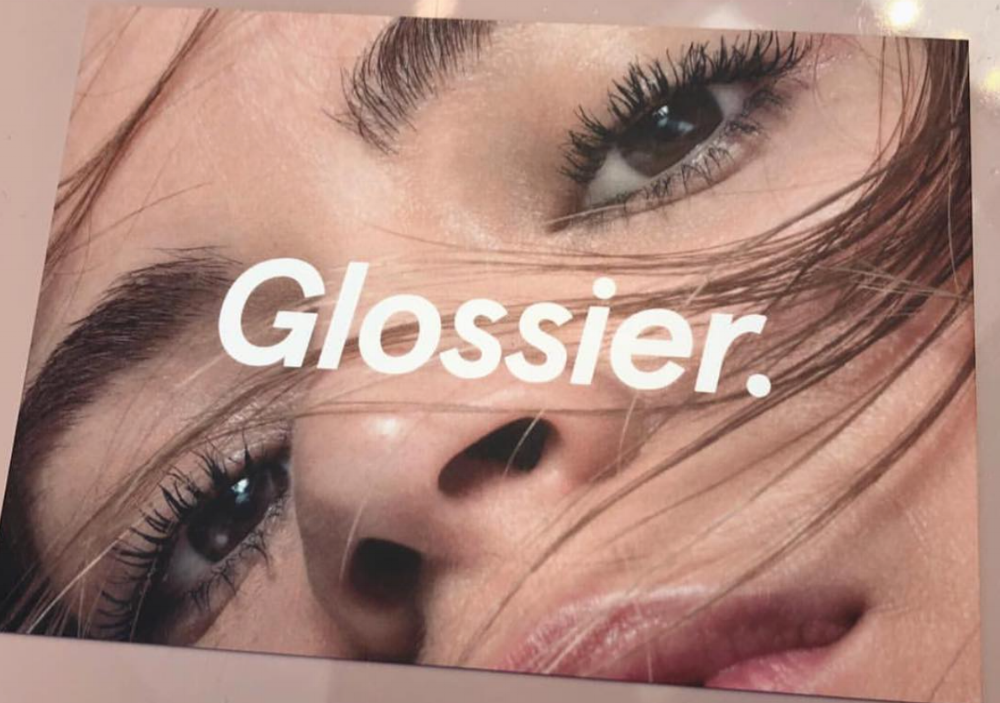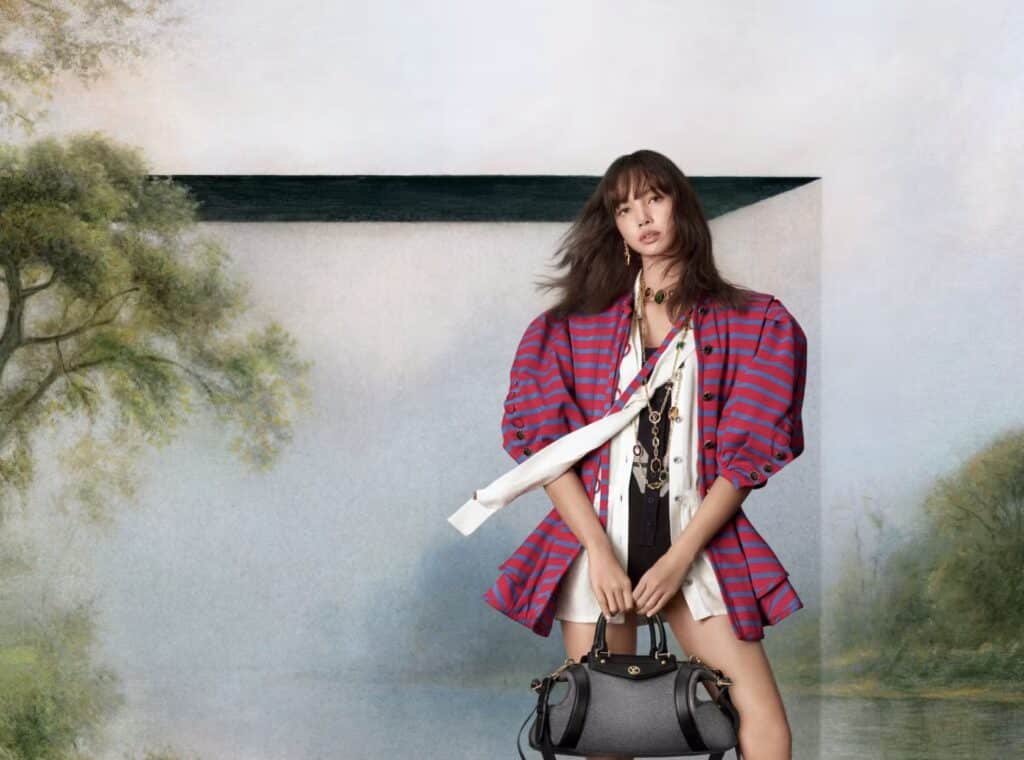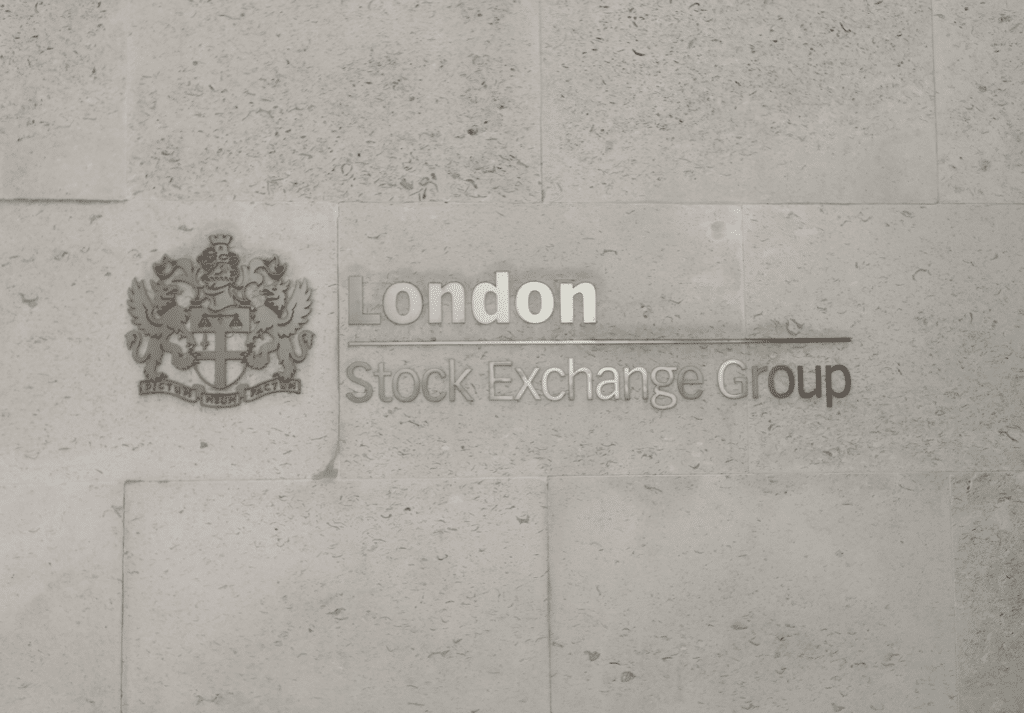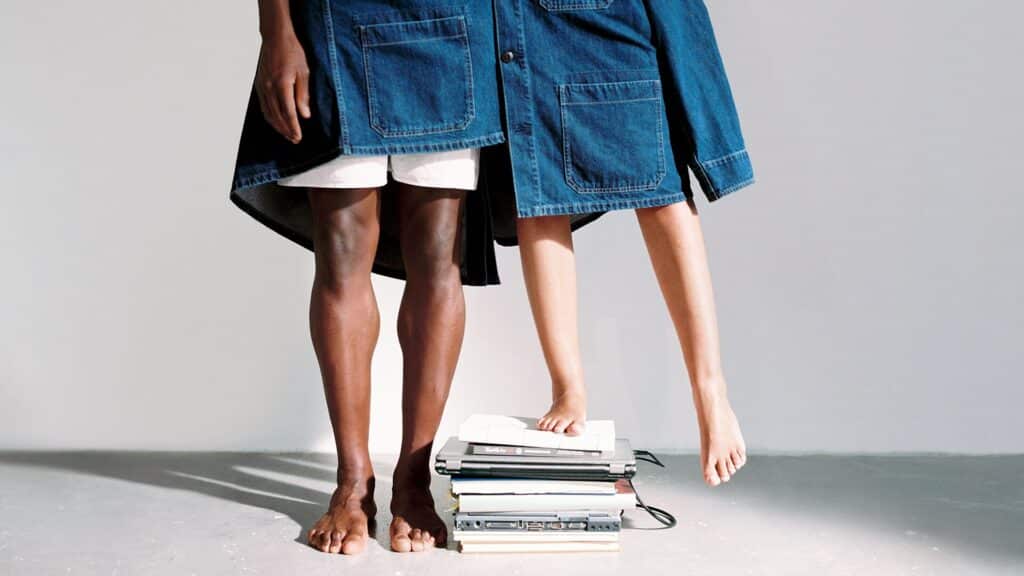Pay tens of thousands of dollars for a handful of big-name influencers to promote your products only to see a less-than-stunning return on investment? Some big-name brands are opting out. While cosmetics and beauty brands, such as L’Oreal, YSL Beaute, and La Mer, are busy enlisting highly-followed figures to promote their products on social media, Johnson & Johnson, for one, is placing its bets on much smaller-scale influencers.
The New Jersey-based consumer packaged goods giant is shunning the industry’s large-scale reliance on big-name influencer marketing campaigns (as of last year, some 75 percent of companies were making use of influencer marketing in some way, according to an Association of National Advertisers survey). Instead, it is leveraging real teens – ones with less than 1,000 followers.
For instance, for a launch of a Clean & Clear advertising campaign early this year, Johnson & Johnson enlisted a handful of influencers that you’ve probably never heard of. As Simon Geraghty, U.S. acne portfolio lead for Johnson & Johnson, told AdAge last week, the brand is placing its bets on “influencers who aren’t famous per se but [are] doing things that other kids respond to authentically, letting them tell their story and building the products and brands from there.”
Dillon Eisman, 18, who runs a nonprofit in Southern California that restores damaged apparel for homeless teens, seemed like a good fit. At the time of the Clean & Clear campaign launch, Eisman had less than 1,000 followers, making him a nanoinfluencer, an even smaller scale version of a micro influencer, those who have between 10,000 and 100,000 followers.
That small following is part of Eisman’s appeal. Johnson & Johnson and its marketing agency, VaynerMedia, “are betting these teens will resonate with their peers during a time when social media is rotten with fake followers and questions are growing about how real influencer endorsements really are.”
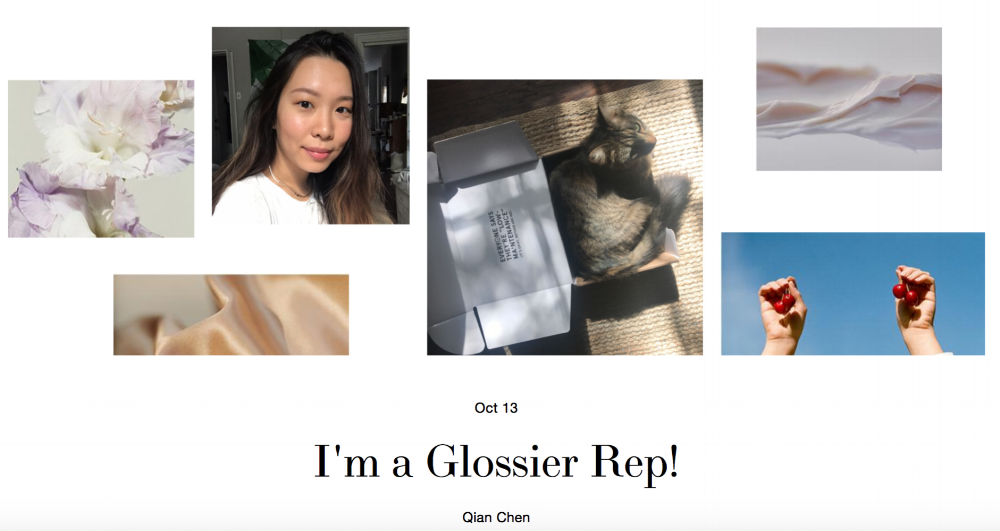
And it is working. The nanoinfluencer campaign has helped boost Clean & Clear’s sales by 19 percent since its launch in February, according to Johnson & Johnson.
The timing of Johnson & Johnson’s pivot to more authentic influencers is apt – and not just because the beauty and skincare space is currently being infiltrated by digitally native millennial-and-Gen Z-focused brands, such as Glossier, the Ordinary, Kylie Cosmetics or Rihanna’s Fenty Beauty, just to name a few. It is also critical given that The influencer sphere – at least at the highest level, where the some of the biggest names reside – is becoming more and more expensive (for brands), and increasingly subject to many of the same concerns that made traditional advertising so passé, such as shady pay-for-play deals and influencers willing to post about any brands in exchange for a paycheck (and sans any federally-mandated advertising disclosures), thereby diminishing their authenticity in the eyes of many consumers.
Johnson & Johnson is not alone. At least a few other companies are looking beyond the big-name influencer, realizing that some potentially even more effective advocates for their companies are right under their noses and they come with far less bank-breaking demands. This alternative pool of endorsers? Fans.
Brian Salzman, the founder and CEO of relationship marketing agency RQ, wrote for AdWeek this summer that “the fan is the ultimate influencer, and leveraging their power is the best influencer marketing tactic around.”
This is something that Glossier understands. In the span of less than five years, the buzzy young cosmetics brand went from zero to international expansion. Born out of IntoTheGloss – the heavily-trafficked beauty blog that Emily Weiss launched in 2010 – Glossier, a brand of beauty and skincare products, came to be in 2014. Weiss managed to parlay her site’s enormous following into shoppers (of her brand) by doing what Into The Gloss did – and still does – best: Connecting directly with that audience, or talking to them, as opposed to talking at them, as Weiss has said.
Part of the brand’s success, aside from its inherently Instagrammable packaging, etc., is its marketing strategy. In addition to tapping some traditional models for ad campaigns and making deals with uber-famous figures (for instance, Forbes reports that Glossier likely paid Beyoncé’s make-up artist to use its products for the Grammys), Glossier has created an engaged community of fans and consumers. Hundreds of those individuals are now its formal representatives, and are busy endorsing the brand’s products on social media – and in real life – in exchange for a combination of a monetary commission and product credit.
As Ms. Weiss revealed at the 2017 WWD Beauty Summit, “Our customers are our number-one mouthpieces and evangelists. They are doing exactly what we hoped they would. They are interpreting Glossier.” In other words, average Instagram users are “talking to each other about products and making recommendations to each other,” as Racked put it last year. And in much the same way as Johnson & Johnson in its quest for more effective marketing, Glossier is not seeking out highly-followed figures.
The only real requirement, according to Weiss, is that these figures “share our values, [produce] content we really like, who have something interesting to say about the products and also who come from really diverse backgrounds and different parts of the country.”
Not only has Glossier’s rep program skyrocketed in number, it started with 11 girls and has grown to more than 500, it is actually driving sales. Nearly 80 percent of Glossier’s sales last year came from such “organic, peer-to-peer” discovery, after all.
In this way, both Johnson & Johnson and Glossier are hoping to tap into the very thing that initially made influencer marketing successful in the first place: word of mouth marketing, what has long been deemed one of the most effective and trust-worthy forms of influence.
“Word-of-mouth has always been a trustworthy tool for marketing but now, because of digital communities, it is even bigger,” explains Priyanka Mehra-Dayal, Content Marketing Manager at Fashion and Beauty Monitor.
The extension of this traditional marketing practice – complete with the requisite level of trust – from people we actually know to carefully selected individuals on Instagram is more than just noteworthy in terms of consumer psychology, it is driving big business. As of 2017, influencer marketing as an industry was estimated to be worth over $1 billion, and was showing no signs of slowing. Turns out, all of those Glossier lip balms sales induced by reps and Clean & Clear acne treatments being touted by seemingly authentic micro-micro influencers add up. And in a market saturated with fake followers and influencers willing to endorse just about anything in exchange for a paycheck, it is not difficult to understand why.







